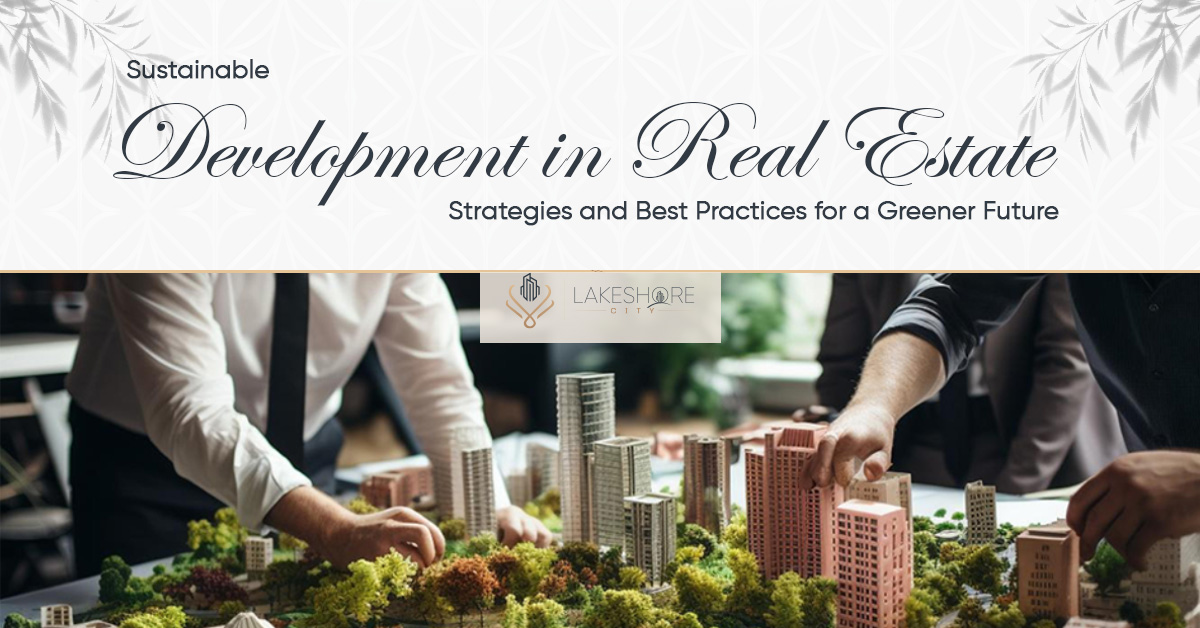Sustainable development—particularly in the real estate industry—has become a buzzword in the modern world.
The phrase “sustainable development” was coined while the global development narratives began to take shape. In light of this, the growth of the real estate industry is likewise connected to this recent but ancient occurrence. Concerning the Sustainable Development Goals (SDGs), the real estate industry has the potential to contribute to their realization significantly.
Lakeshore City explores the best practices for a greener future and provides you with ways to advance sustainable development in real estate.
Vertical Buildings
The length of life has increased due to medical and technological advancements. The population of the world has grown as a result. However, the demand for homes has not kept up with the population growth. This has put the real estate industry under strain and led to the housing crisis dilemma.
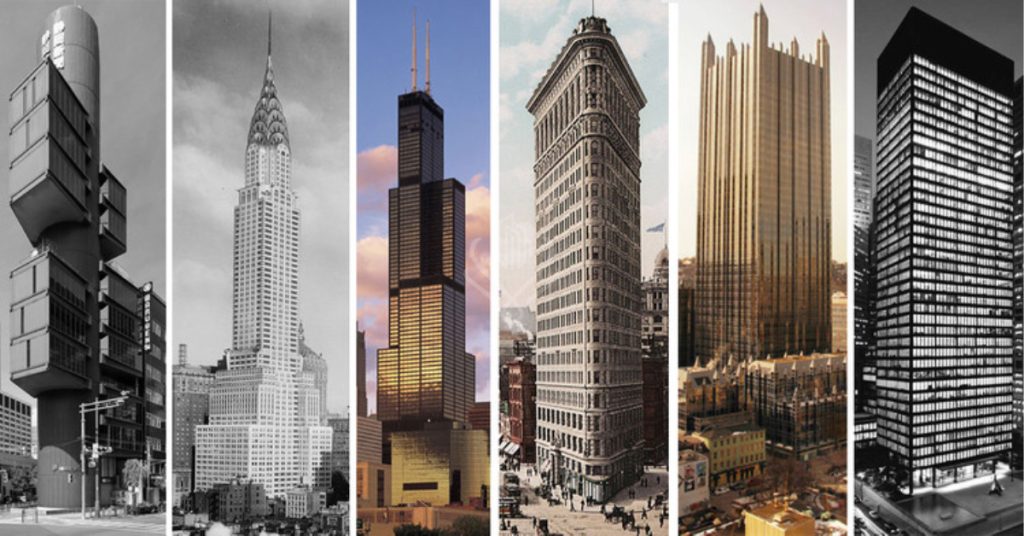
There is unanimity on the point that vertical development is the only viable option because land is limited and cannot sustain the population’s exponential rise.
Building enormous skyscrapers to house people is known as vertical development. Town planners might encourage the construction of tall buildings to address housing needs rather than destroying forests and agricultural land for urban expansion. In this manner, limited resources can be preserved for upcoming generations.
Furthermore, farmlands can be preserved by building upward, guaranteeing a steady food supply for the growing population. This is essential to ensuring a stable food supply, particularly in light of the increasing population. Urbanization can happen while maintaining arable land’s availability by using vertical space.
Green Materials
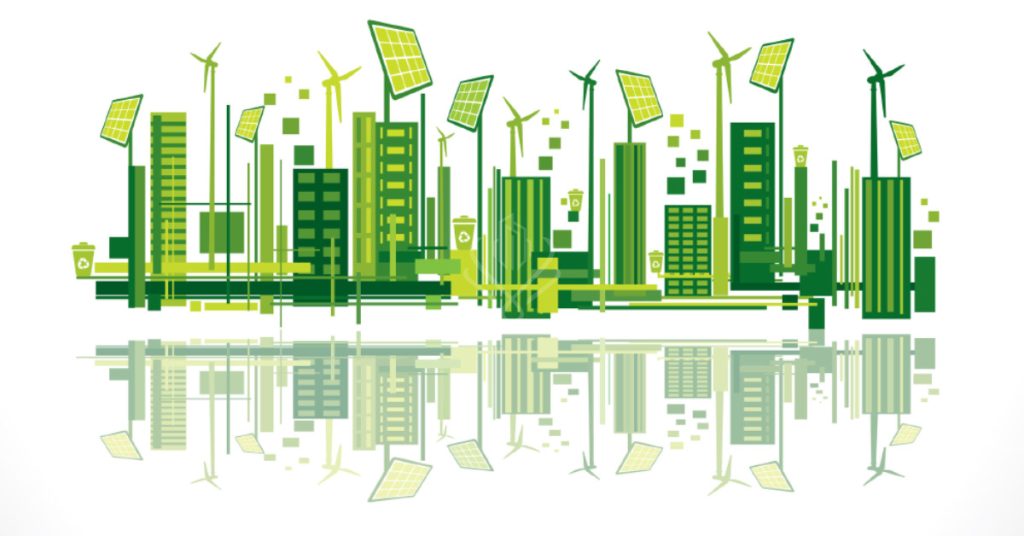
Realizing the value of sustainable development, companies, contractors, and individuals are moving to green building materials to reduce their adverse environmental effects.
On the other hand, becoming green has financial advantages as well. By increasing public awareness of environmentally friendly practices, using green materials contributes to creating energy-efficient buildings, lowers carbon emissions, and serves as an excellent marketing tool.
The usage of bamboo, recovered wood, cork, mycelium, dress, and recycled steel are a few examples. These materials are less expensive to use and easier to find. They also lower the overall cost of building!
Clean Energy
Clean energy, which includes wind and solar energy, is the answer to all energy-related issues, including population growth, development, and climate. Renewable energy comes from sources that replenish themselves naturally and don’t put undue strain on the planet’s resources.
Thanks to technological advancements, people can now generate energy from renewable resources like the sun, water, and wind. These sources are environmentally friendly and economical in the long run.
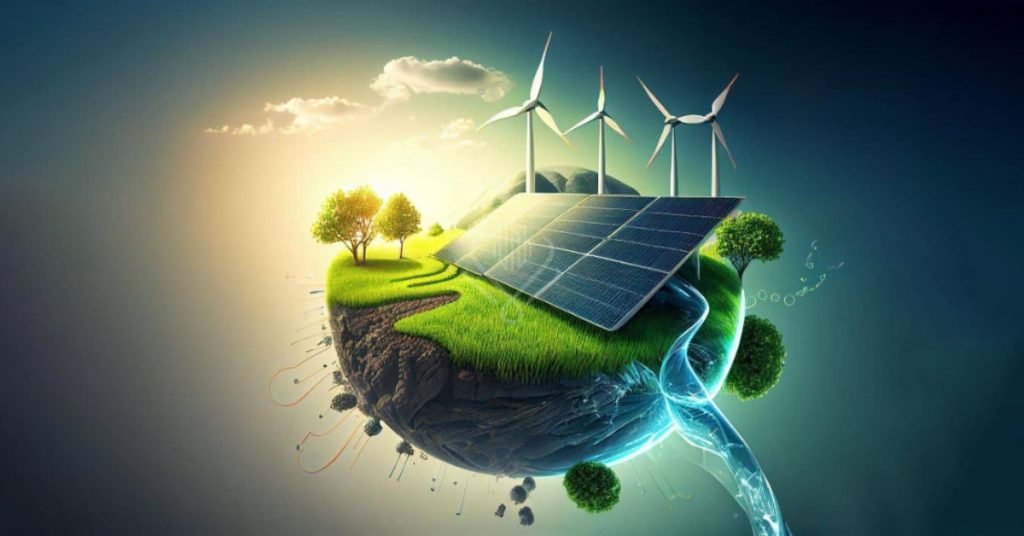
For instance, installing solar energy can be costly, but most people can afford it after five years. As a result, consumers can have affordable power to satisfy their everyday demands in a few years.
In light of Pakistan’s current economic crisis, it is crucial for individuals who can afford to convert to solar energy to reduce their long-term expenses. This can be a strategy to combat inflation.
Recycle & Reuse
Reusing and recycling are two more aspects of sustainable real estate living. It has to do with how properties manage solid waste.
Reusing is using a product repeatedly without altering its shape, whereas recycling is using the same product in new and inventive ways.
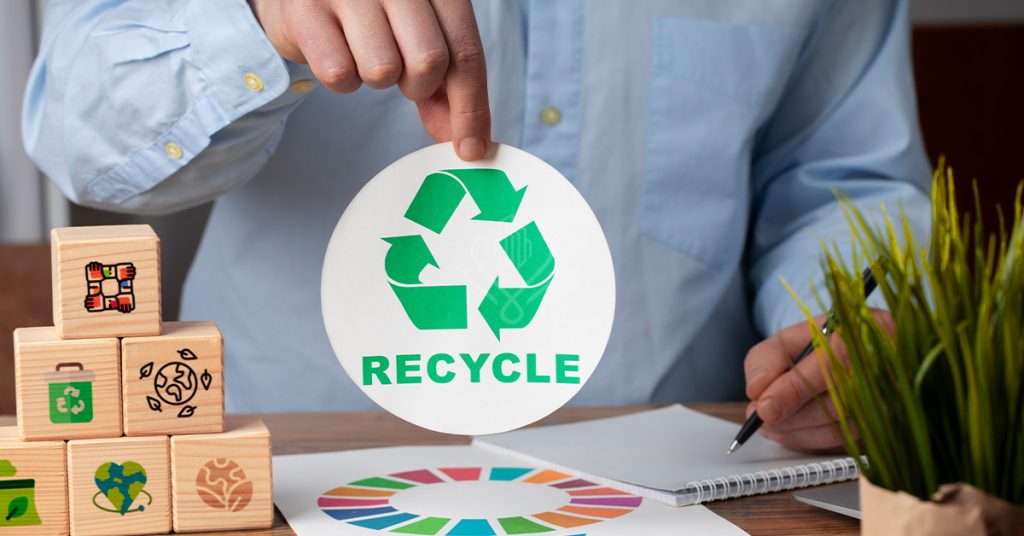
By meaningfully repurposing the trash to prolong its life without needing to be disposed of, this minimizes environmental harm.
Recycling and reusing materials can significantly impact sustainability in real estate construction. Reusing pre-existing materials or structures can lessen the adverse effects of new construction on the environment.
Recycling building debris also lessens the quantity of material dumped in landfills. Reusing and recycling materials in real estate development can contribute to a more sustainable future for the environment and the real estate sector.
Water Harvesting
Water is a limited resource, and there is no denying it. Water shortages are already a problem for many major cities worldwide. A lack of planning and global warming is making clean water more and more of a luxury. If proactive measures are not taken, the situation will worsen in a few years.
It is possible to store water by building dams and reservoirs, but due to their high cost, only wealthy countries can afford this luxury.
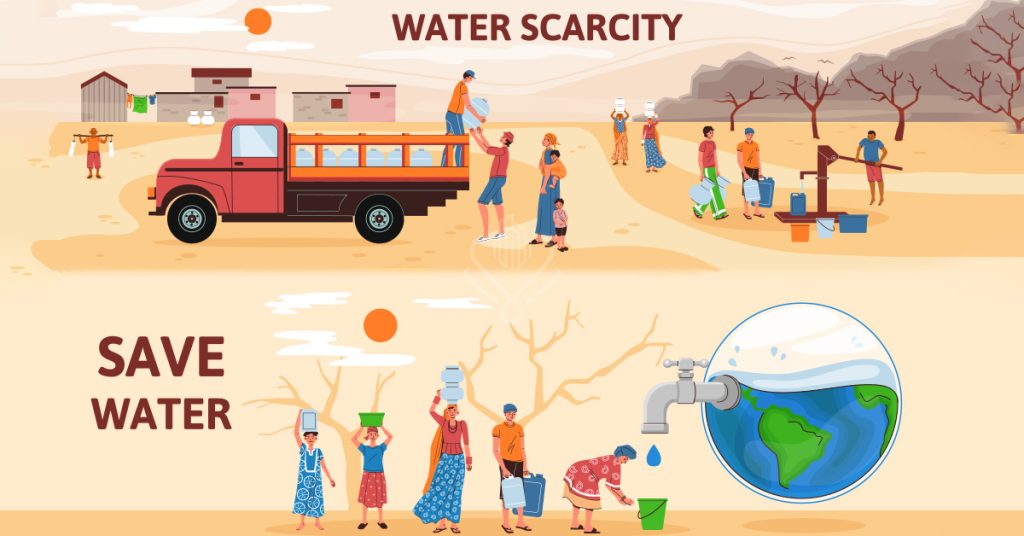
Rainwater collection is an additional option. Hydrating rainwater and preparing it for regular usage is known as rainwater harvesting.
Rainwater can be collected and stored in various applications, including irrigation, toilet flushing, and laundry. By doing this, freshwater resources may be used less frequently and preserved.
Furthermore, due to climate change, droughts and floods are becoming more frequent. Rainwater collection might lessen their effects.
We can give future generations access to a more reliable and sustainable water supply by installing rainwater collection technologies.
Our Featured Article:
Read More: Sindh Trying to Promote Local Tourism
Read More: Domestic Tourism In Pakistan
Don’t miss the chance to invest with Lakeshore! Secure your investment today by investing your financial investment with Lakeshore in the following available options like Lakeshore City, Lakeshore Club, and Lakeshore Farms.
For More updates, please Contact +92 335 7775253 or visit our website https://lakeshorecity.com/
Lakeshore City is the upcoming elite lifestyle at Khanpur Dam. Offering no parallel amenities for the members and owners of distinguished farmhouses.
Become Part of Luxurious Lifestyle
Contact: 0335 7775253


